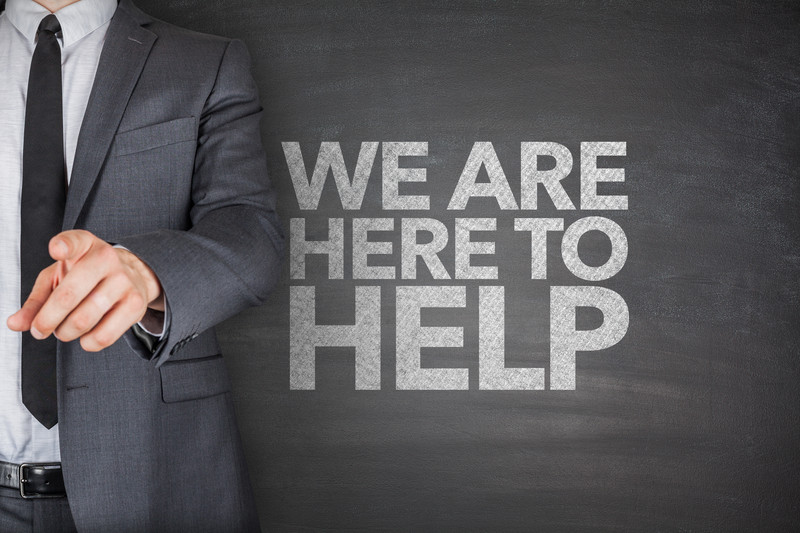Chapter 13 Bankruptcy: Individual Debt Adjustment
A way for individuals in the United States to undergo a financial reorganization supervised by a federal bankruptcy court. It offers individuals advantages over Chapter 7 liquidation, including stopping foreclosure proceedings and possibly rescheduling/extending secured debts over the life of the Chapter 13 plan.
 Chapter 13 bankruptcy filing is a way for individuals in the United States to undergo a financial reorganization supervised by a federal bankruptcy court.
Chapter 13 bankruptcy filing is a way for individuals in the United States to undergo a financial reorganization supervised by a federal bankruptcy court.
The Bankruptcy Code anticipates the goal of Chapter 13 as enabling income-receiving debtors a debtor rehabilitation provided they fulfill a court-approved plan.
Compare the goal of Chapter 13 with the relief contemplated in Chapter 7 that offers immediate, complete relief of many oppressive debt(s).
An individual who is badly in debt can file for bankruptcy either under Chapter 7 (liquidation, or straight bankruptcy) or under Chapter 13 (reorganization). The choice is not a coin flip. The appropriate chapter depends on the situation. The debtor’s disposable income and the type of relief sought plays a tremendous role in the choice of chapters. In some cases the debtor simply cannot file under Chapter 13, as he or she cannot, if he or she simply lacks the disposable income necessary to fund a viable Chapter 13 plan.
Under Chapter 13, the debtor proposes a plan to pay his creditors over a 3 to 5 year period. During this period, his creditors cannot attempt to collect on the individual’s previously incurred debt except through the bankruptcy court. In general, the individual gets to keep his property, and his creditors end up with less money than they are owed.
The Advantages
The advantages of Chapter 13 over Chapter 7 include the ability to stop foreclosure, to achieve a super discharge of debts of kinds not dischargeable under Chapter 7, to value collateral, to bifurcate the security interest of creditors in certain property that creditors are either charging too much interest for, or are over-secured, or both, and in some cases, to prevent collection activities against non-filing co-signers (co-debtors) during the life of the case.
The Disadvantages
The disadvantage of filing for personal bankruptcy is that a record of this stays on the individual’s credit report for 10 years. During the pendancy of a Chapter 13 case the debtor usually is not permitted to obtain additional credit without the permission of the bankruptcy court.
Moreover, creditors may not be willing to risk lending money to such an individual. However, this disadvantage is not unique to Chapter 13; it may also apply to individuals currently in a Chapter 11 case or those who are in or have recently been in a Chapter 7 case.
How We Can Help You with Chapter 13 Bankruptcy
What You Should Know
 There are certain required documentation to file for any types of bankruptcy. Everyone’s situation is unique so we will assess yours to determine if there are any additional appropriate and necessary requirements to enable us to swiftly commence the bankruptcy filing.
There are certain required documentation to file for any types of bankruptcy. Everyone’s situation is unique so we will assess yours to determine if there are any additional appropriate and necessary requirements to enable us to swiftly commence the bankruptcy filing.
Bankruptcy Process
Bankruptcy cases typically could be completed and discharged within 3-6 months of filing. If involves court filings that disclose debts, assets, income, expenses and other financial information. It requires appearance before a bankruptcy Trustee at a creditors meeting.
We are highly experienced in Bankruptcy Law and will be with you every step of the process to ensure a favorable outcome.
Why Choose Sawyer and Azarcon, PC
We have almost 30 years of experience in Bankruptcy Law. Over the years, we have assisted numerous clients getting through the bankruptcy process successfully and start fresh. We invite you to read some of what our clients have to say about us in our Client Testimonials page.
Contact Us for Free Consultation
Call us at (703) 893-0760 for a free phone consultation or complete the online form and we will get back to you soon! Hablamos Español.
Click to Complete Online FormShare this Post
